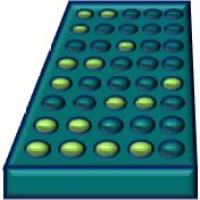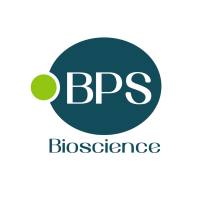Molecular Mechanisms of Androgen Action A Historical Perspective
互联网
415
Androgens and the androgen receptor (AR) are indispensable for expression of the male phenotype. The two most important androgens are testosterone and 5α-dihydrotestosterone. The elucidation of the mechanism of androgen action has a long history starting in the 19th century with the classical experiments by Brown-S�quard. In the 1960s the steroid hormone receptor concept was established and the AR was identified as a protein entity with a high affinity and specificity for testosterone and 5α-dihydrotestosterone. In addition, the enzyme 5α-reductase type 2 was discovered and found to catalyze the conversion of testosterone to the more active metabolite 5α-dihydrotestosterone. In the second half of the 1980s, the cDNA cloning of all steroid hormone receptors, including that of the AR, has been another milestone in the whole field of steroid hormone action. Despite two different ligands (testosterone and 5α-dihydrotestosterone), only one AR cDNA has been identified and cloned. The AR (NR3C4) is a ligand-dependent transcription factor and belongs to the family of nuclear hormone receptors which has 48 members in human. The current model for androgen action involves a multistep mechanism. Studies have provided insight into AR association with co-regulators involved in transcription initiation and on intramolecular interactions of the AR protein during activation. Knowledge about androgen action in the normal physiology and in disease states has increased tremendously after cloning of the AR cDNA. Several diseases, such as androgen insensitivity syndrome (AIS), prostate cancer and spinal bulbar muscular atrophy (SBMA), have been shown to be associated with alterations in AR function due to mutations in the AR gene or dysregulation of androgen signalling. A historical overview of androgen action and salient features of AR function in normal and disease states are provided herein.









